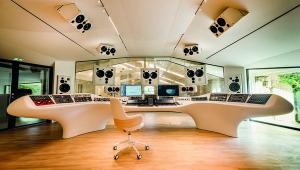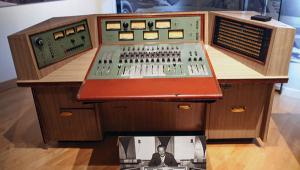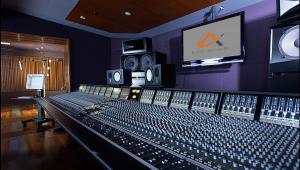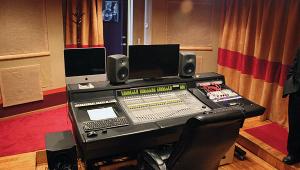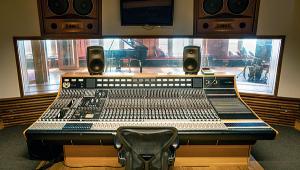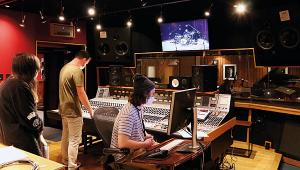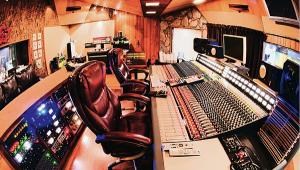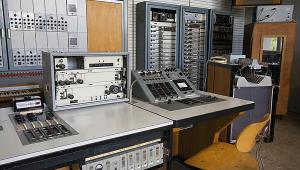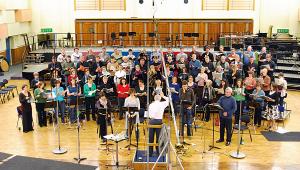Studio In The Country Page 2
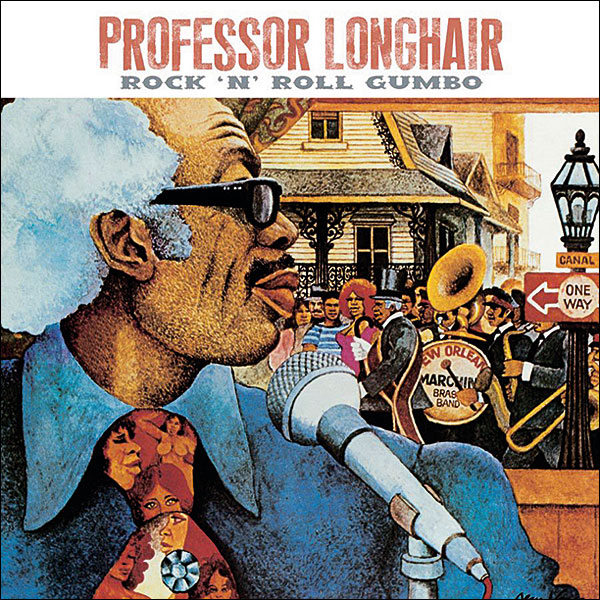
'Recording there was one of the best experiences because the quality of that studio was, above all, state-of-the-art. It had the finest control room I've ever been in personally. We found something that worked – for the gear, for the location, for the isolation rather than it being close to a lot of great restaurants. No distractions...'
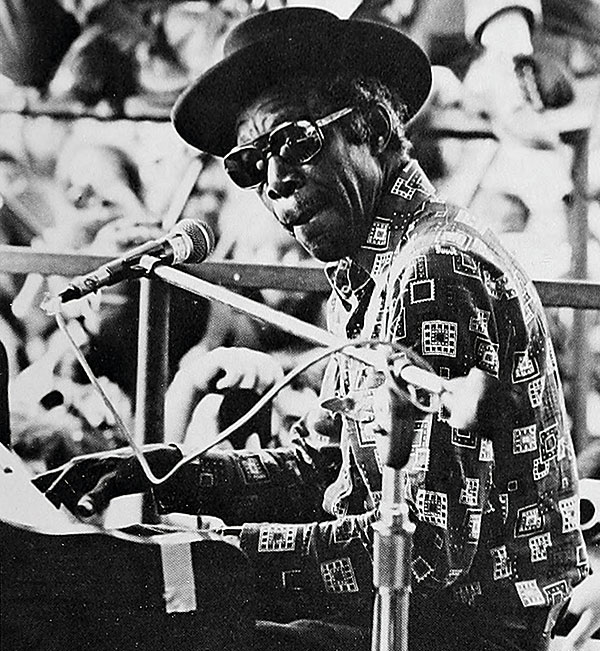
Behind The Masque
Kansas, in case you were wondering, were a big deal in American rock in the mid-1970s – one of those bands who had radio-friendly AOR mega-hits across the Pond but who never made a mark over here. They recorded three LPs at Studio In The Country – the aforementioned Masque in 1975, Leftoverture in '76 and Point Of Know Return in '77, a run of albums that spawned hit singles 'Dust In The Wind' and 'Carry On Wayward Son', written by guitarist Kerry Livgren who claimed the latter song was 'beamed down' to him in full.
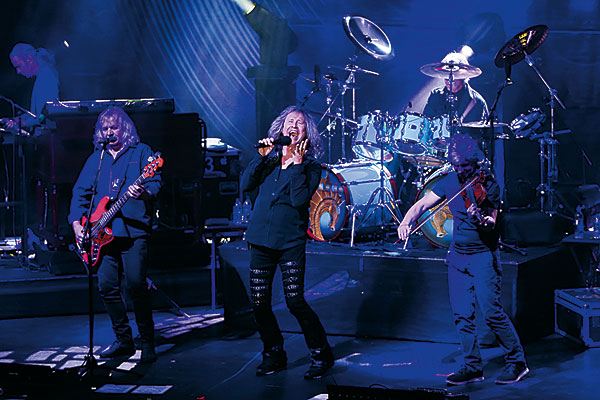
Let's Trance
At the time, Livrgren was deeply into The Urantia Book, a tome that originated in Chicago sometime between 1924 and 1955. The book's apparent aim was to unite religion, science and philosophy, which I guess is fair enough. But it's the authorship of the ideas contained within that led to a certain amount of controversy as disciples claimed the teachings were handed down from celestial beings to a small number of people known as the Forum, who were often in a trance or dream state when the wisdoms were imparted. It was quite a trendy hippie read for a while back in the day, but by the end of the decade Livgren had moved on to born again Christianity.

The history of the studio is somewhat more straightforward. It was conceived and originally owned by recording engineer William S 'Bleu' Evans in 1972. He sold it seven years later to a guy called Eugene Foster and in 1997 it came into the possession of Debra Farmer. Well-known works either recorded or mixed at Studio In The Country include Stevie Wonder's 1979 opus Journey Through The Secret Life Of Plants, the studio being one of six used before the album was completed. Another was Willie Nelson's The Hungry Years, an album released by mail order alongside Who'll Buy My Memories in 1991 as part of a fund-raising campaign to pay off the $12 million or so that the singer was charged with owing the IRS in back taxes.

Yet more goodies came in the shape of The Neville Brothers' eponymous debut LP in 1978, followed by 1981's Fiyo On The Bayou. The legendary blues pianist Professor Longhair recorded his Rock 'N' Roll Gumbo here with the equally legendary guitarist/fiddle player Clarence 'Gatemouth' Brown in 1974. Brown was a regular, and recorded his Grammy-winning Alright Again! here in 1981.
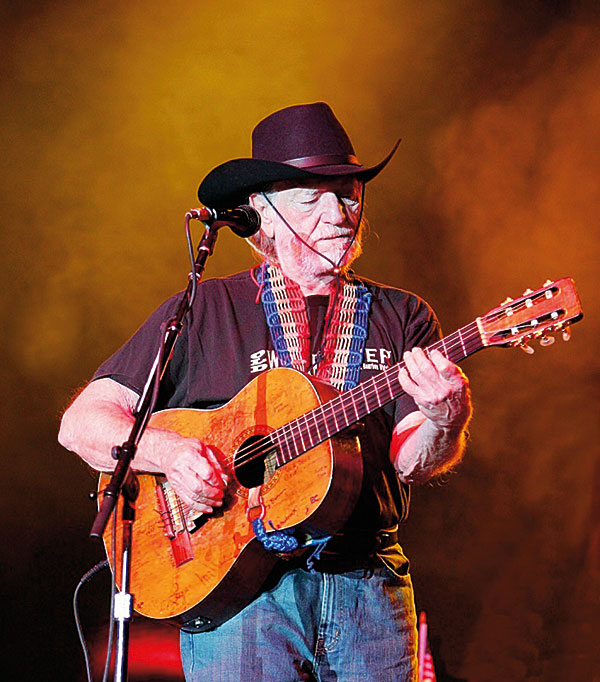
More recent visitors have included Beach House, who took time off the road to rethink their business and recorded two LPs here in 2015 – Thank Your Lucky Stars and Depression Cherry.

Chamber Music
Quite aside from its isolated location and laid-back vibe, Studio In The Country is also popular for its echo chamber, which it claims is one of the last free-standing specimens in the world. Measuring 14x20x20ft (hwd), the chamber, according to the studio website, uses a pair of full-range Electro-Voice speakers and produces, 'reverb [which] has very rich sound with loads of character, perfect for almost anything, especially vocals and drums'.
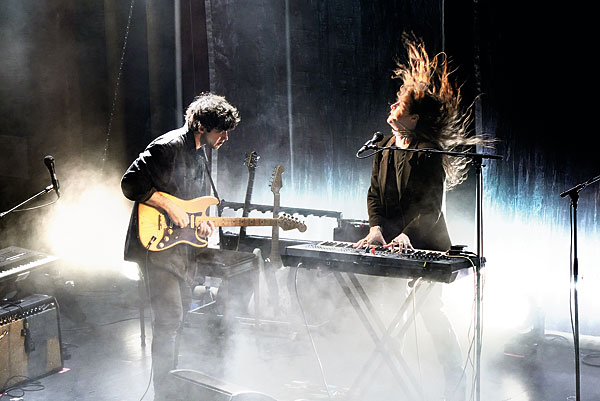
The studio also boasts a mid-1970s Neve 8068 console while accommodation is taken care of by the studio house, which has five bedrooms and three bathrooms. The facility remains in full swing and there are more details at www.studiointhecountry.com. One thing it won't tell you, though, is what the heck's the point of mosquitoes?


